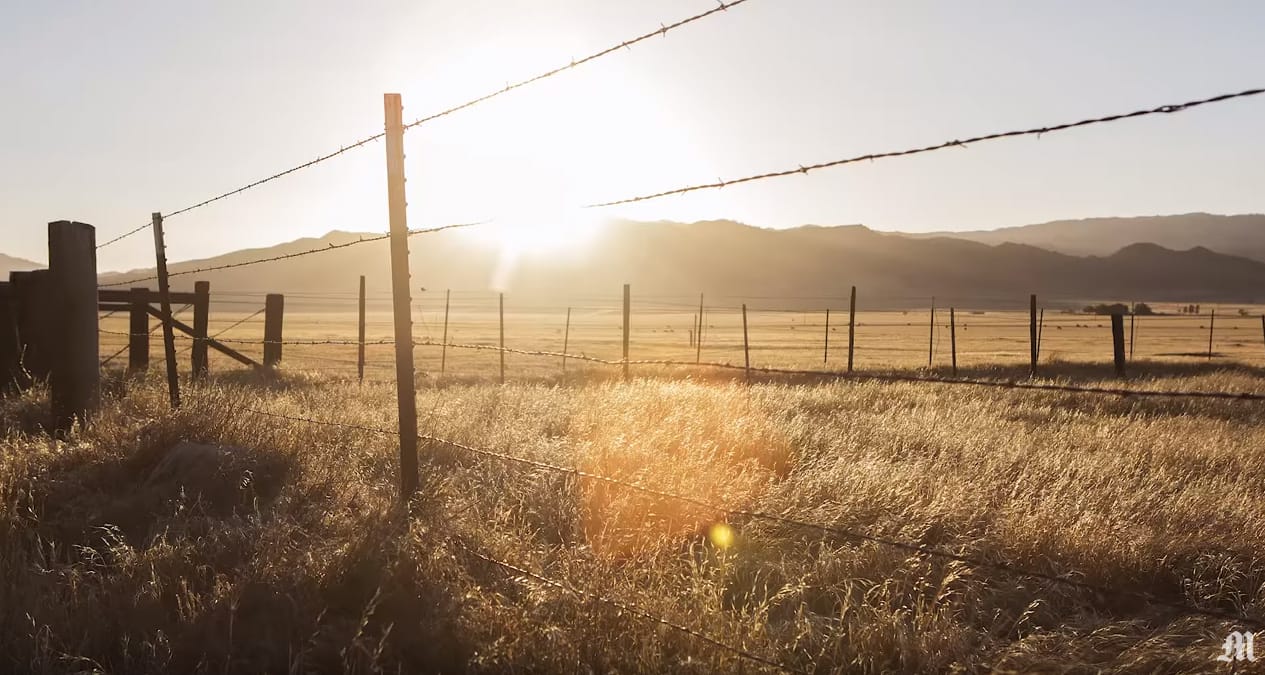
There have been more attempts to divide California than anniversaries of its statehood in 1850. Some of the at least 220 attempts to break up California are chronicled here with a timeline, historic maps and documents, books and articles on the topic as well as videos on more recent efforts. There’s also a brief history of Spain and Mexico’s struggles to divide the vastness of the territory that would become California into manageable parts.
Under Article IV, Section III of the United States Constitution, “no new State shall be formed or erected within the Jurisdiction of any other State; nor any State be formed by the Junction of two or more States, or Parts of States, without the Consent of the Legislatures of the States concerned as well as of the Congress.” The last state to successfully go through this process was West Virginia in 1863, which broke off from Virginia.
See the Timeline that shows some of the facts about attempts to split California during the history of the state.

- “California, One and Indivisible” San Francisco Call, May 2, 1890.
- Curiel. “Feudin” Los Angeles Times, Oct. 6, 1991.
- “Division Divided Against Itself” Sacramento Daily Union, Feb. 22, 1859.
- Egelko. “Splitting up California: State Supreme Court Takes Initiative Off Ballot” San Francisco Chronicle, July 18, 2018.
- Evans. “Upstate, Downstate: the ‘Upstate California’ campaign is déjà vu all over again for Stan Stratham” Sacramento News & Review Jan. 3, 2002.
- Fagan. “A Move to Secede on California-Orgeon Border” SF Gate, Oct. 5, 2008.
- Harvey. “Attempts to Divide California Have Multiplied Over the Years” Los Angeles Times, July 16, 2011.
- Hillinger. “Two Californias? A Split Decision: More Than 100 Attempts Have Been Made to Divide the State.“, Los Angeles Times, August 25, 1986.
- Koseff. “State of Jefferson Supporters Plan Bill Seeking Independence from California” Sacramento Bee, Jan 6, 2016. Includes snippet from the song “State of Jefferson” song.
- “Proposal to Break Up California Gains Credibility” Washington Post, June 23, 1992.
- “The Secession Convention” Sacramento Daily Union, Jun 14, 1861.
- “The State of Jefferson’s plan for a California divided. Can the growing Jefferson separatist movement split off into a new, 51st state?” Sacramento News & Review, Nov 8, 2018.
- “State Division Minus Politics” Los Angeles Herald, Mar. 5, 1907.
- Woolfolk. “Why Does This Investor Think Three Californias are Better than One?” Mercury News, May 21, 2018.

- Di Leo and Smith. Two Californias: the Truth About the Split-State Movement. Island Press, 1983. (CSL)
- Ellison. A Self-Governing Dominion: California, 1849-1860. University of California Press, 1950. (CSL)
- Horowitz. Jefferson State. California State University, Sacramento, 2009
- Laufer. The Elusive State of Jefferson: A Journey through the 51st State. TWODOT, 2013
- McDow. A Study of the Proposals to Divide the State of California from 1860 to 1952. College of the Pacific, 1952. (CSL)
- Statham. Reclaim California. Fulton Books, 2017
- Tickner and Fiorini-Jenner. The State of Jefferson. Arcadia, 2005. (CSL)
- Quire. State Division in California. Sacramento, 1910.

- Bowman. “California State Division Controversy” Annual Publication of the Historical Society of Southern California, Vol. 10, No. 3 (1917) pp. 75-78 (Petition to Congress Against Forcing Statehood on Southern California, March 3, 1850)
- Davis, W. N. “State of Jefferson,” California Historical Society Quarterly, Vol. 31 (1952) pp. 125-138
- Dillon. “Blueprint for a Split-Level California” California Monthly. November 1968.
- Ellison. “The Movement for State Division in California, 1849-1860” The Southwestern Historical Quarterly, Vol. 17, No. 2 (Oct., 1913) pp. 101-139
- Estee. “The Division of a State: Why it is Impossible” The Californian, Vol. 4, pp 397-403.
- Guinn. “How California Escaped State Division” Annual Publication of the Historical Society of Southern California, Vol. 6, No. 3 (1905), pp. 223-232
- Haddock. “Splitsville: Californians Have Tried – and Failed – 200 Times to Divide the State.” California Magazine Summer 2012
- Hunt. “History of the California State Division Controversy,” Annual Publications of the Historical Society of Southern California. Vol. 13 (1924)
- Kinney. “The Division of a State: the Reason in Favor,” The Californian, Vol. 4, pp. 387-397.
- Lalande. “The State of Jefferson: a disaffected region’s 160-year search for identity” Oregon Historical Quarterly, Vol 188, No. 1 (Spring, 2017) p. 14+
- Miller. “California: One State or Two?” Comparative State Politics. Vol. 13, No. 5 (Oct, 1992) p. 17-20
- Richardson. “Decalifornication” American History, Vol. 52, Issue 4 (Oct. 2017) p. 6
- Striner. “A Brief History of Secession: Why Calexit might not be as crazy as you think” American Scholar, Spring 2017

- Browne, J. Ross (John Ross), 1821-1875.Report of the debates of the Convention of California, on the formation of the state constitution, In September and October, 1849, 1850. (PDF) Around page 41 of the document, Mr. Carillo suggests that if a territorial government could not be formed “for the whole country, that the country should be divided as to allow them that form, while the northern population might adopt a State Government if they preferred it.”
- Reports of the Debates in the California on the Formation of the State Constitution, pp. 21-22; 400-416.
- Congressional Globe, Senate, 31st Congress, 1st Session, 1850, p. 367, et sec. – Senator Foote discussion concerning splitting of California into separate states.
- McDougal. State of the State – Governor John McDougal’s speech delivered to the legislature on January 7, 1852.
- Report of the Select Committee of Thirteen, 1853 – Journal of Assembly, Appendix. Document 1. Committee’s report in response to Governor McDougal’s “recommending certain alterations in the State Constitution.”
- Bulla. Division of California: From a paper read before the Sunset Club by former Senator R.N. Bulla, 1907.
- Office of State Senator Dolwig. Initial report regarding the introduction of measures designed to divide California into two separate states, 1965.
- Assembly Office of Research. Two new Californias: an equal division: historical and financial analysis, 1992.
- Legislative Analyst’s Office, A.G. File No. 13-0063. Analyses of the proposal to divide California into six new states, subject to approval of the federal government, 2014.
- Board of Supervisors, Lassen County California. Declaration and Petition to the California State Legislature for the Withdrawal of Lassen County from the State of California and to Form the State of Jefferson and Alternatively to Authorize Joining a Legal Challenge to Reynold vs. Sims. March 17, 2015 – This is an example of petitions that several counties drafted in an effort to create the State of Jefferson. Lassen County included the issue on the ballot in 2015 to let voters decide whether to separate from the state and create the State Of Jefferson. The voters decided against split by 58% to 42%.
- Legislative Analyst’s Office, A.G. File No. 2017-018 – Analyses of the proposal to split the existing State of California into three new U. S. states, subject to approval by the federal government, 2017.
- California State Assembly, Committee on Judiciary. Initiative Statute: Division of California into Three States (2018):
- Agenda 6/7/18 (PDF)
- Background paper 6/7/18 (PDF)
- Appendix A – Constitutional and Historical Background (PDF) – Prepared by Thomas Clark
- Appendix B – Data Regarding Small and Large States (PDF) – Prepared by Sandra Nakagawa
- Initiative (PDF)

- 1852 – Assemblyman N. R. Wood (Whig) from San Francisco introduced a bill to divide the State of California (1852 Journal of the Assembly pages 503-504, 519)
- 1853 – Senator D. B. Kurtz (Whig) from San Diego “Introduced a ‘Joint Resolution for the division of the State of California into two or more States’.” (1853 Journal of the Senate, pages 150, 193)
- 1855 – Assemblyman David F. Douglass from San Joaquin introduced Assembly Bill 262 – “An Act to create three States out of the territory of California” (1855 Journal of the Assembly, pp. 460, 557, 613, 674, 769)
- 1855 – Assemblyman Jefferson Hunt (Whig) from San Bernardino introduced Assembly Bill 189 – ”An Act to create a new State out of a portion of the territory of California” (1855 Journal of the Assembly pp. 359, 557)
- 1855 – Assemblyman J. J. Arrington (Whig) from Klamath presented a joint resolution “relative to the division of the state.” (1855 Journal of the Assembly, page 131)
- Senator John D. Cosby (Know Nothing) from Trinity introduced Senate Bill 85 “An Act to create three States out of the State of California” (1856 Journal of the Senate, pp. 390 and 571)
- 1859 – Assemblyman William F. Watkins (Anti-Lecompton Democrat) from Siskiyou introduced Assembly Bill 174 – “An Act to authorize the citizens of the State of California, residing north of the fortieth degree of north latitude, to withdraw from the State of California, and organize a separate government”. (1859 Journal of the Assembly Page 291, 552-553,753)
- 1859 – Assemblyman Andres Pico (Whig) from Los Angeles introduced Assembly Joint Resolution 22 “relative to the formation of the Territory of Colorado.” The resolution was referred to the Special Committee of Seven. The Committee of Seven asked that Assembly Bill 223 be considered in lieu of the joint resolution. (1859 Journal of the Assembly, pages 230, 341-342)
Pico introduced Assembly Bill 223 – “an Act granting the consent of the Legislature to the formation of a different Government for the southern Counties of this State.” The bill was passed by both the Assembly and Senate. Governor John Weller signed the bill on April 18, 1859. (Journal of the Assembly, pages 375, 418, 465, 498, 522, 542, 707, 747) 1859 Statutes Chapter 288. - 1860 – “An Act of the Legislature of California, granting the consent of the legislature to the formation of a different government for the southern counties
- 1888 – Congressman William Vandever representing Ventura County introduced a bill to “Divide the State of California into two States” H.R. 11635 (20 Congressional Record [Bound], Dec. 1888, p. 39)
- 1921 – Assemblyman W. F. Beal (Republican) from Imperial County introduced Constitutional Amendment 44 “relating to the boundary of the State of California.” (1921 Journal of the Assembly, pages 1305, 1665)
- 1965 – Senator Richard Dolwig (Republican) representing San Mateo introduced
- Senate Bill 109 – “An act granting consent of the Legislature to the formation of two states with the jurisdiction of California.” (1965 Final Calendar of Legislative Business, page 38)
- Senate Constitutional Amendment 5, called for a “resolution to the people of the of the State of California an amendment to the Constitution of the State, by adding Article XXI thereof a new section to be numbered 8, relating to the division of the state.” (1965 Final Calendar of Legislative Business, page 406)
- Senate Joint Resolution 7 – “relative to the division of the state.” (1965 Final Calendar of Legislative Business, page 437)
- 1967 – Senator Dolwig introduced
- Senate Bill 1459 – “An act granting consent of the Legislature to the formation of two states within the jurisdiction of California” (1967 Final Calendar of Legislative Business, page 388)
- Senate Constitutional Amendment 47 – “resolution to the people of the of the State of California an amendment to the Constitution of the State, by adding Section 8 to Article XXI thereof, relating to the division of the state” (Final Calendar of Legislative Business, page 417)
- Senate Joint Resolution 25 – “relative to the division of the state” (Final Calendar of Legislative Business, page 447)
- 1968 – Senator Dolwig introduced
- Senate Bill 1144 – “An act granting consent of the Legislature to the formation of two states within the jurisdiction of California” (1968 Senate Final Histories, page 298)
- Senate Constitutional Amendment 31 – “resolution to the people of the of the State of California an amendment to the Constitution of the State, by adding Section 8 to Article XXI thereof, relating to the division of the state” (1968 Senate Final Histories, page 335)
- Senate Joint Resolution 11 – “relative to the division of the state” (Senate Final Histories, page 365)
-
1969 – Senator Dolwig introduced
- Senate Bill 929 – “An act granting consent of the Legislature to the formation of two states within the jurisdiction of California” (Senate Final History, page 256)
- Senate Constitutional Amendment 41 – “resolution to the people of the of the State of California an amendment to the Constitution of the State, by adding Section 8 to Article XXI thereof, relating to the division of the state” (Senate Final History, page 383)
- Senate Joint Resolution 21 – “relative to the division of the state” (Senate Final History, page 432)
-
1970 – Senator Dolwig introduced
- Senate Bill 924 – “an act granting consent of the Legislature to the formation of two states within the jurisdiction of California” (1970 Final Calendar of Legislative Business, page 248)
- Senate Constitutional Amendment 25 – “resolution to the people of the of the State of California an amendment to the Constitution of the State, by adding Section 8 to Article XXI thereof, relating to the division of the state” (1970 Final Calendar of Legislative Business, page 366)
-
1971 – Senator Randolph Collier representing Del Norte, etc. introduced
- Senate Bill 1092 – “An act granting consent of the Legislature to the division of California into two new states” (1971 Final Calendar of Legislative Business, page 357)
- Senate Constitutional Amendment 48 – “resolution to the people of the of the State of California an amendment to the Constitution of the State, by adding Section 8 to Article XXI thereof, relating to the division of the state” (1971 Final Calendar of Legislative Business, page 511)
-
1976 – Senator Collier introduced
- Senate Bill 2179 – “An act granting consent of the Legislature to the division of California into three new states.” (1976 Final Calendar of Legislative Business, page 1023)
- 1978 – Assemblyman Keene (Democrat) representing Del Norte, etc. introduced Assembly Bill 2929 – “An act granting consent of the legislature to the secession of a portion of California from the state and the formation of a new state” (1977-78 Journal of the Assembly, pp. 11973, 11988)
- 1992 – Assemblyman Stan Statham (Republican) representing Butte, etc. introduced Assembly Bill 3 – “An Act relating to the submission of an advisory question to the voters on the division of the state” (1993-94 Journal of the Assembly, pp. 13, 783, 859, 985, 2384, 2402, 2500, and 9589)

- Early maps showing divisions found in Joseph Quire’s State Division in California. S.N., 1910
- 1848 Map of the United States accompanied by an explanation of size of states, territories, miles of coastlines, and illustrating boundaries established by various treaties (1848)
- Map of Oregon and Upper California, from surveys of John Charles Fremont and other authorities. (1848)
- Senator Dolwig’s Proposed Division of the State of California (1965)
- Proposed state divisions from 1850-1978 from the Assembly Office of Research’s report, Two New Californias: An Equal Division: Historical and Financial Analysis (1992)
- Possible approaches to split the state from the Assembly Office of Research’s report, Two New Californias: An Equal Division: Historical and Financial Analysis (1992)
News Videos on Proposals to Divide California

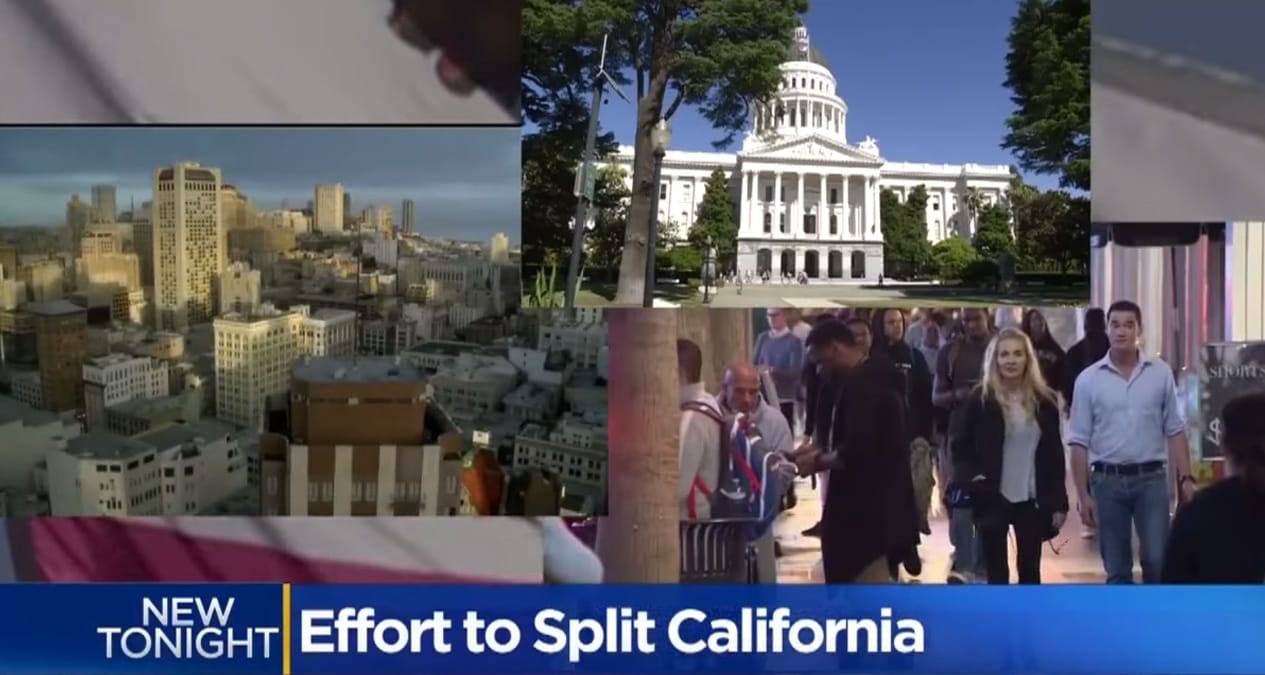

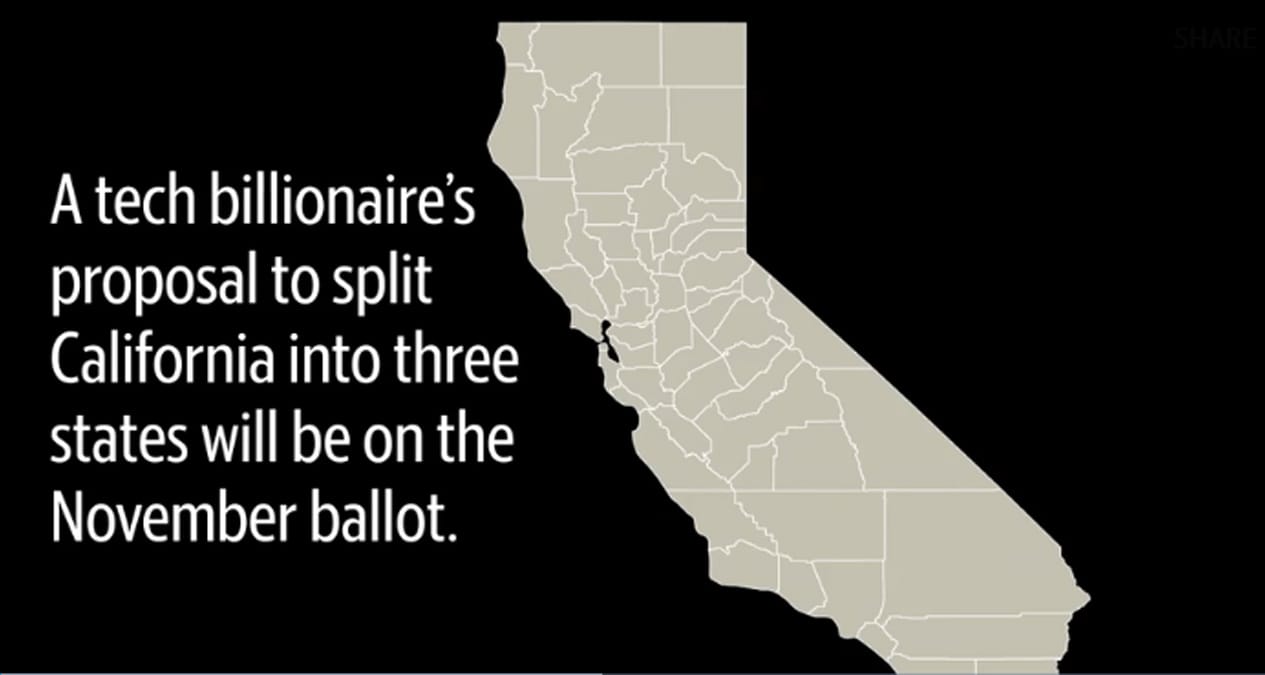
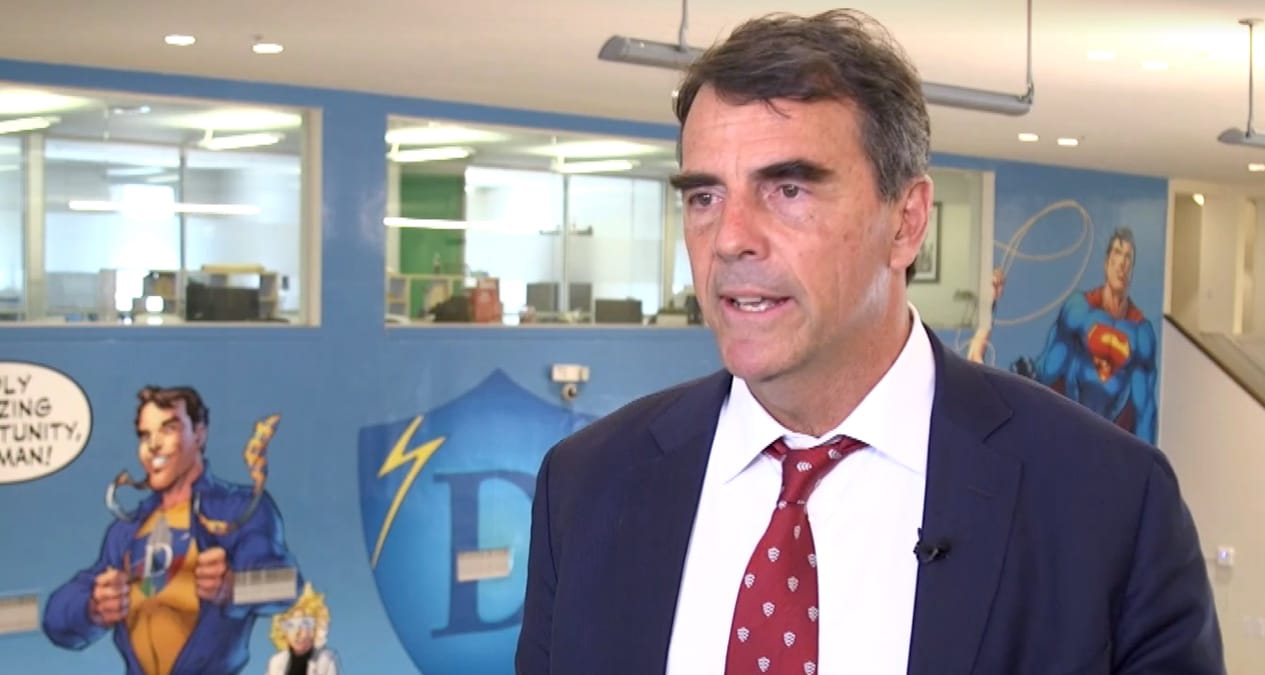
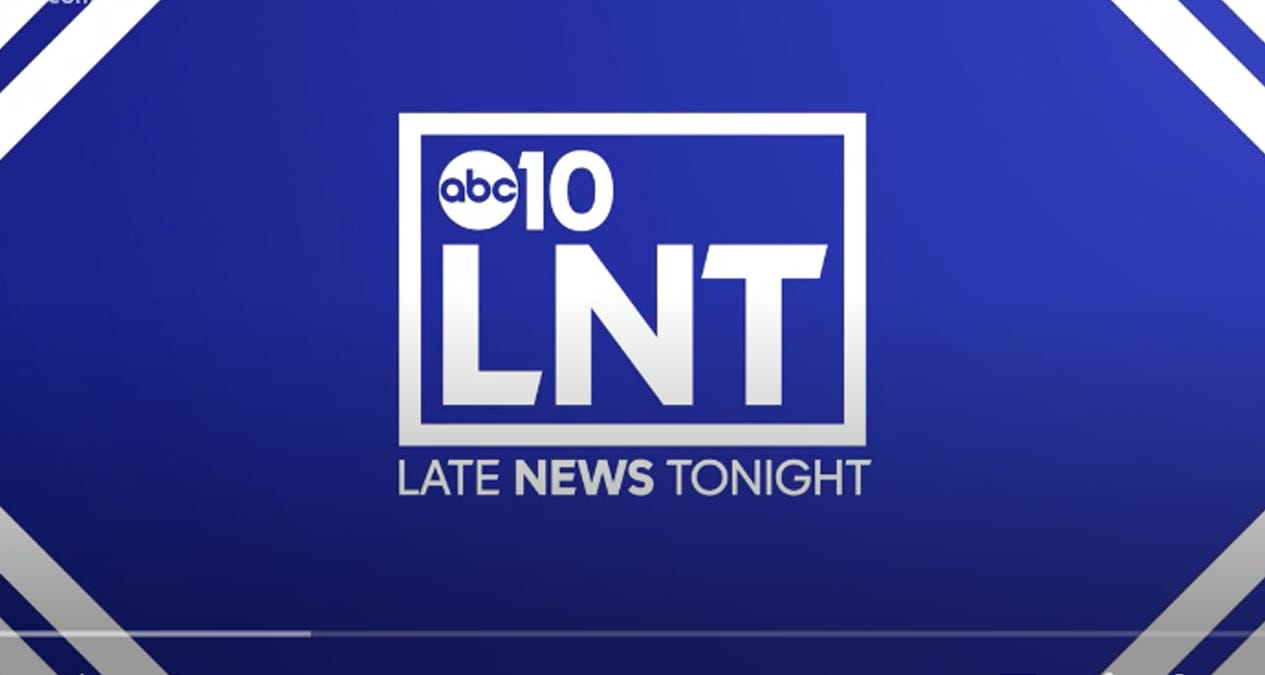
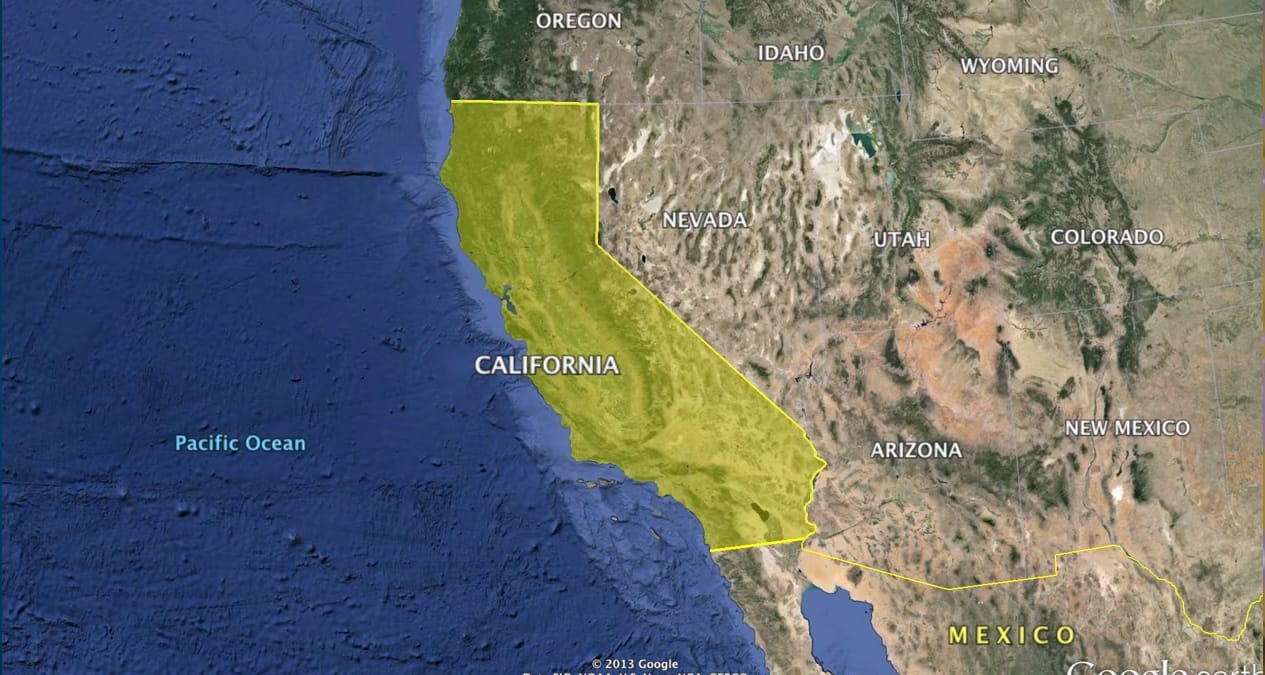
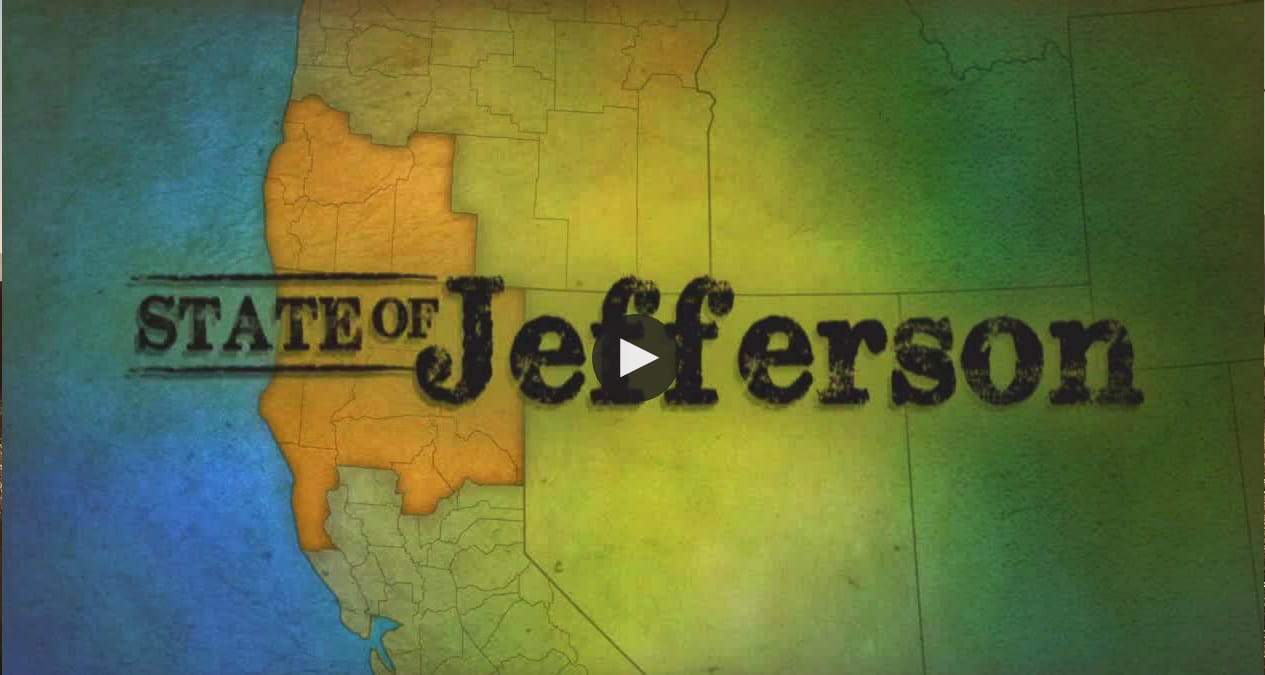
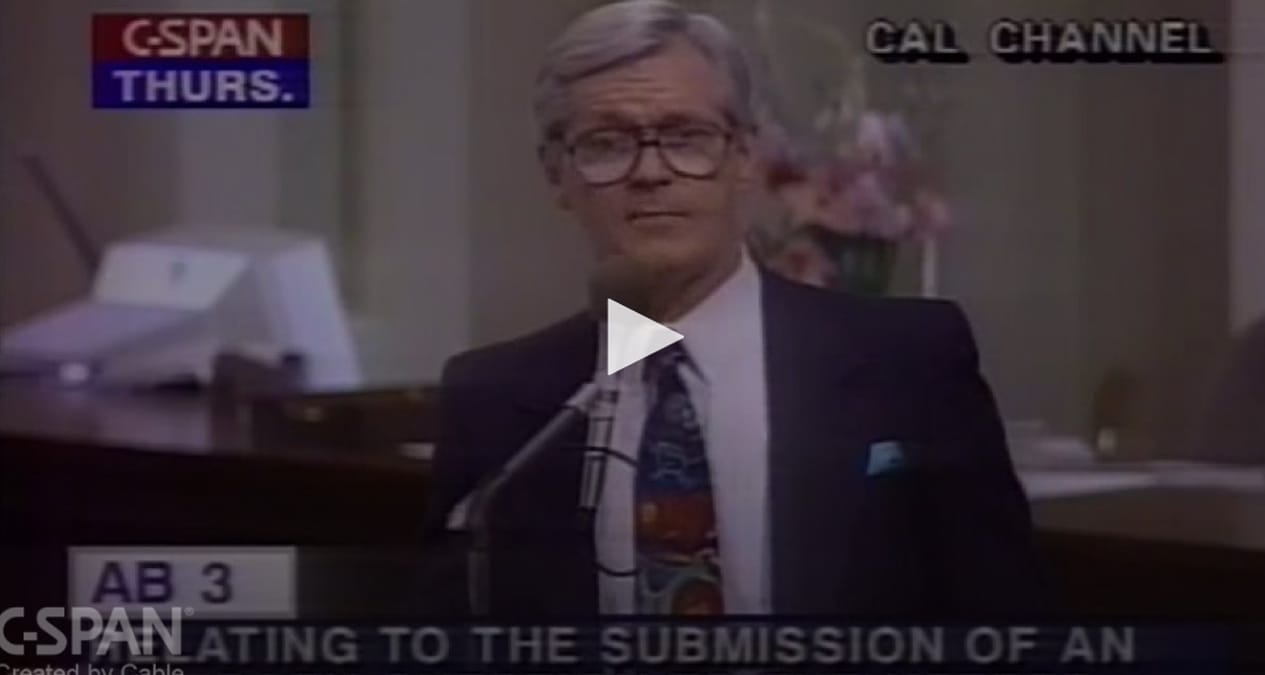
People of Interest
There were (and still are) many people of interest involved in the 220 plus attempts to divide the state. Those listed below are just a handful.
Andres Pico
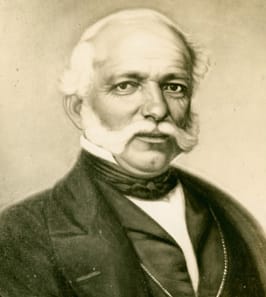
Born in San Diego in 1810 under Spanish colonial rule, Pico would later see his old brother Pio Pico become the last governor of Mexican-ruled California. During the Mexican-American War, Andres Pico led a successful attack on U.S. forces at the Battle of San Pasqual. Pico signed the Treaty of Cahuenga on January 13, 1847, ending the Mexican-American War battles in California that led to the Treaty of Guadalupe Hidalgo in 1848 which gave all of Mexico’s territory to the United States. Pico became an American citizen and in 1851 was elected to the Assembly from Los Angeles. In 1859, he authored a bill to split California into two territories. Although the bill, which came to be known as the Pico Act, was approved by the Legislature, signed by the governor and passed by California voters, the U.S. Congress never acted on Pico Act due to the Civil War.
Milton Latham
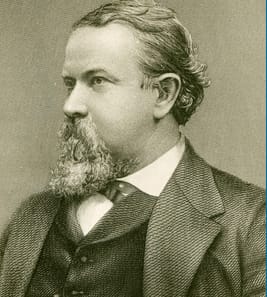
California’s sixth governor officially served just five days before abandoning the governorship after the Legislature selected him to fill the U.S. Senate seat left vacant by the death of David Broderick of San Francisco in a duel with state Supreme Court Justice David Terry. During his brief tenure as governor, Jan. 9, 1860, to Jan. 14, 1860, Lathan sent President Buchanan a letter supporting the desire of six southern counties to split from California and form a new, more slavery-friendly territory.
Robert Bulla
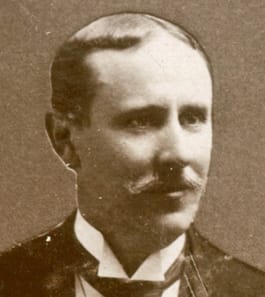
In 1907, state Senator Bulla gave a speech at the Los Angeles Sunset Club in which he argued that the Pico Act of 1859 was still in force and that only the consent of Congress was needed to accomplish splitting California. He also asserted that two smaller states would make state government more accessible to its citizens, reduce the influence of the railroads, and increase the Pacific Coast representation in Congress by the addition of two U.S. senators. His speech would inspire repeated efforts to get Congress to pass the Pico Act.
Richard Dolwig
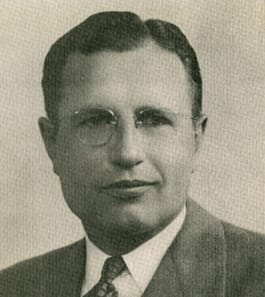
He served in the state senate from 1957 to 1970. After the U.S. Supreme Court ruled in 1964 that California’s 1926 reapportionment amendment was unconstitutional and that state Senate districts had to be reapportioned by population, Senator Dolwig of San Mateo proposed legislation to split the state in two. Dolwig’s bill and constitutional amendment were approved by the state Senate but the Assembly took no action. Dolwig would re-introduce bills to split the state in two in 1967, 1968 and 1970, but there was no action on his measures.
Barry Keene
He served in the Assembly from 1973 to 1979, and then in the state Senate from 1979 to 1993, including as Senate Majority Leader. In 1978, the Democratic Assembly member introduced a bill to split California and a joint resolution to ask Congress to approve the split. Sr. Jose Carrillo.
John McDougal

He served as the second governor of California from 1851 to 1852. In his State of the State speech, he discusses the unfair tax burden on the southern portion as compared to the northern portion of the state. As it seemed the current California Constitution did not provide for a remedy, McDougal suggests the remedy is to call a “Convention of Delegates from the People, for the revision of the Constitution…”
Stan Statham
A former TV anchorman in Chico, Statham represented Chico in the Assembly as a member of the Republican Party from 1976 to 1994. In 1993, Statham introduced Assembly Bill 3, which would have required the Secretary of State to submit an advisory question to the voters at the Nov. 8, 1994, statewide general election that would ask whether the Legislature should draft a plan to divide California into three states. The bill left the Assembly on a 68-0 vote, but was killed by the Senate Rules Committee.
“California will continue to lose political power in Washington, D.C., every day until it has the courage to divide and start over. The math is ridiculously simple. The states of New York and Florida combined barely have California’s population, yet they have twice the number of United States senators. Even though California has 38 million citizens, why must we continue to be satisfied with just two U.S. senators? This is flawed democracy.” – Stan Statham in his 2017 book Reclaim California
Bill Maze
A Republican from Visalia, Maze served in the Assembly from 2002 to 2008. After being termed out of office, he founded Citizens for Saving California Farming Industries, a nonprofit that advocated splitting off 13 mostly Democratic-leaning counties on the state’s coast, leaving the remaining 45, mostly inland, counties to form what the group called “the real California.” “We have to ask ourselves, ‘Is there a better way to govern this state?’ ” Maze told the New York Times in 2009.
Tim Draper
The Silicon Valley venture capitalist spent more than $5.2 million of his own money in a failed attempt to quality an initiative for the 2014 ballot that sought to slice California into six states. But on June 12, 2018, the Secretary of State announced that Draper had submitted enough signatures to qualify an initiative for the Nov. 6, 2018, general election ballot that if passed by voters would put the state on record as seeking Congress’ permission to replace California with three states.
“There’s a monopoly government in California, and I’m a start-up guy,” Draper, who made a name for himself funding Hotmail, Skype and Tesla, told USA Today in June 2018. “When there’s a monopoly industry or an oligopoly industry where the service is bad and the price is high, I look at that as an opportunity for an entrepreneur or somebody to come in and create a better service at a lower cost.”

